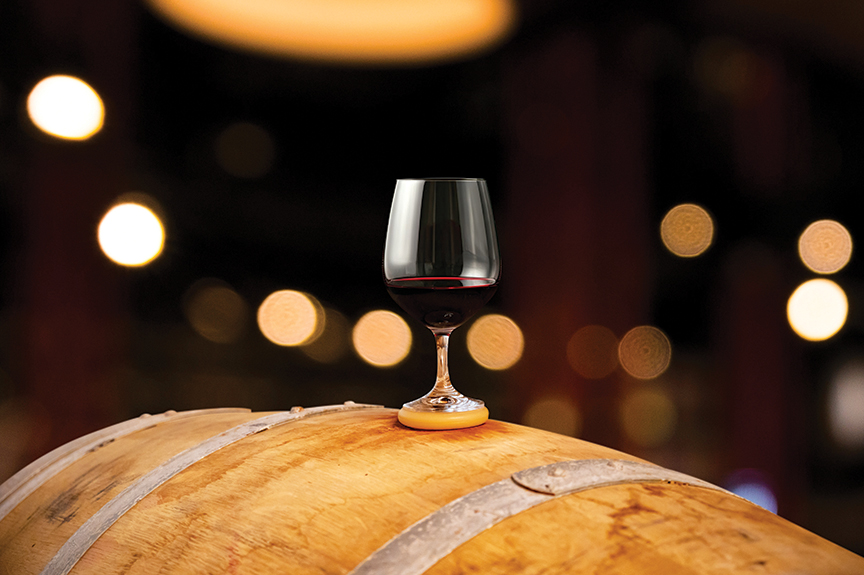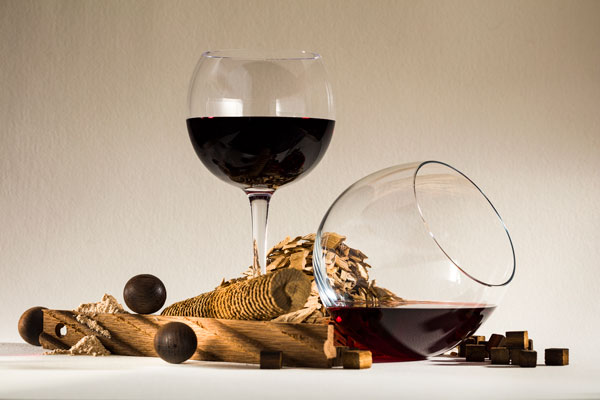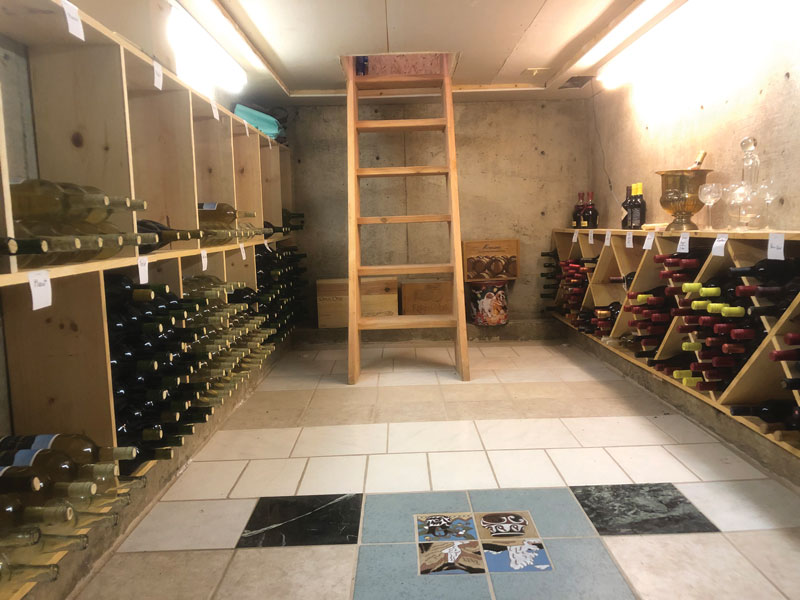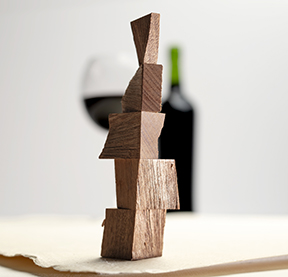Prepping Your First Barrel
At some point in your home winemaking experiments, you may decide that the time has come to try barrel aging your wine. You can’t just buy a barrel and pour your wine into it, however. Well, you can but you run the risk of the barrel leaking. If you don’t want to roll the dice with your wine, follow a few steps to preparing your barrel for wine aging.
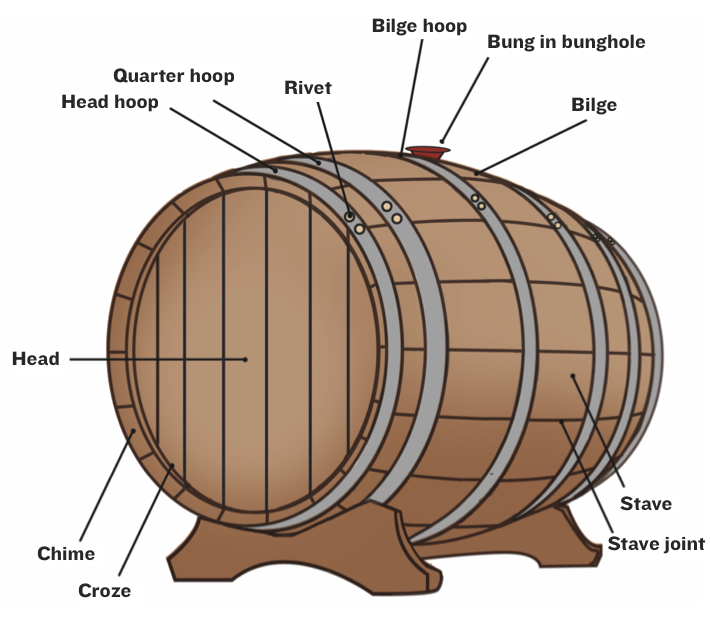
Test your barrel first
Whether you buy a new or used barrel, the first step before doing any sort of preparation or adding any wine is to check to see if the structure of the barrel itself is compromised. A well-constructed barrel can leak through the stave or head joints or near the groove where the staves meet the head, however, a poorly constructed or broken barrel will leak quite a bit. Before you pour any wine into a barrel, at the very least test the barrel by filling it with water to see if there are any major, sustained leaks. If so, you can always contact your barrel supplier to discuss a refund. If you don’t test your barrel first you could lose some of your hard-won harvest to the winery floor drain.
Once you have determined that your barrel is sound, you can move on to preparing it for your wine, depending on whether it is new or used.
New barrels
If you have a brand new barrel, you need to soak the inside of the barrel with water so that the staves absorb water and swell. This will prevent the barrel from leaking or allowing too much oxygen to penetrate through the staves. You can either perform a hot water treatment or an overnight treatment. Both of these steps are well covered in Daniel Pambianchi’s reference book Techniques in Home Winemaking.
To do a hot water treatment, pour a small amount of hot water into the barrel, place the bung in the bunghole and slosh it around so that it touches all the surfaces of the inside of the barrel. Stand the barrel up and fill the head area with hot water and leave it to stand for 15 minutes. Then flip the barrel over and repeat that step with the head on the other side. Drain the water, let the barrel dry and it’s ready to use. If it is not leaking at this point, it is ready for your wine. If not, it may need to be soaked overnight (read on) or the barrel may also be defective.
To do an overnight treatment, lay the barrel down horizontally and completely fill it with cool water. Let the barrel soak for 24 to 36 hours. If it is not leaking at this point, it is structurally sound. If not, the barrel is defective. If it’s not leaking, drain the barrel, place it bung-side down and let it dry before transfering your wine into it.
In either treatment, the barrel will leak at the stave and head joints a bit at first but that should stop as the staves swell (if it doesn’t, your barrel may not be usable).
Used barrels
There is of course always the option of aging with used barrels. Used barrels are less expensive and if they are freshly used they don’t require pre soaking. If they are dry, however, they will need to be soaked just as new barrels are. Used barrels, however, are a little trickier to store as they need to be sulfured every 6-8 weeks, or stored with a sulfur-citric solution to prevent molding or spoiling, such as acetobacter, which can have a detrimental effect on your next batch of wine.
Also, when you are working with a used barrel, be sure to thoroughly inspect the interior and rinse the barrel once or twice to remove any remaining debris or other deposits that might still be on the surface of the wood after the last batch was removed.


